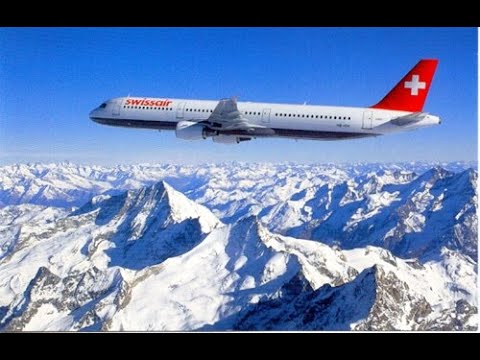“We have a famously profitable and prestigious national flag carrier airline with a global route network and state of the art hub in Zürich”, said the Swissair management and board. “But we’re faced with challenges as the European Union opens up its internal market to member-state carriers and allows low-cost carriers to operate there. Whatever shall we do?”, they asked.
“I’ve got it! Let’s hire the storied “experts” of U.S. consulting firm McKinsey & Company and do whatever they tell us!” they exclaimed. That’s how Swissair embarked on a debt-funded spending spree in the 1990s, buying up minority stakes in ailing and inefficient EU flag carriers such as Belgium’s (stop that giggling!) Sabena, which had been independently valued at zero, but for which Swissair paid CHF 242 million in cash. By the summer of 2000, this strategy was working so well that Swissair and Sabena were together losing CHF 1 million a day, with another million going down the in-flight lavatory at their other “investments”. The hæmorrage continued through 2001, burning through the holding company’s equity. After the September 11, 2001 terrorist attacks in the United States caused air traffic to collapse globally, Swissair was no longer able to paper over the losses, and on 2001-10-02 the airline was grounded worldwide after cash ran out and suppliers refused to fuel the carrier’s aircraft on credit. A total of 230 flights were cancelled that day, and banks cut off the company’s credit cards, leaving crews stranded around the world and forced to return on their own. SAir Group proceeded into liquidation, with total losses to lenders and bondholders in excess of CHF 6 billion.
Such is the wisdom of “experts”.
